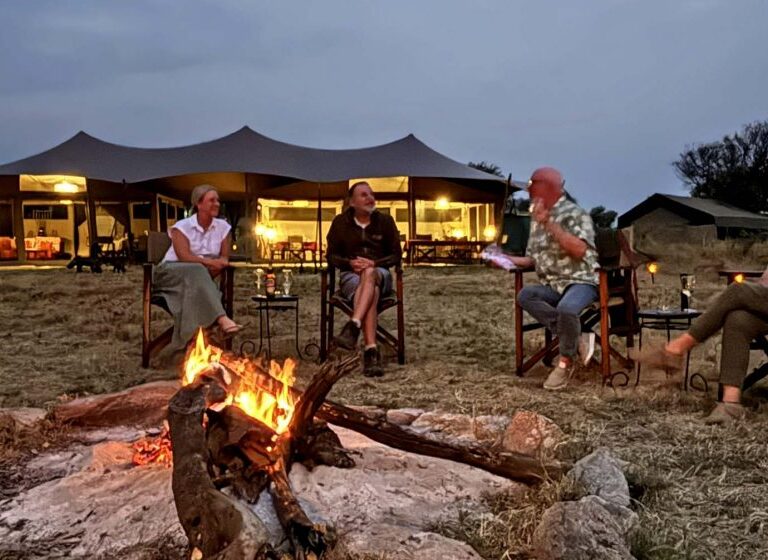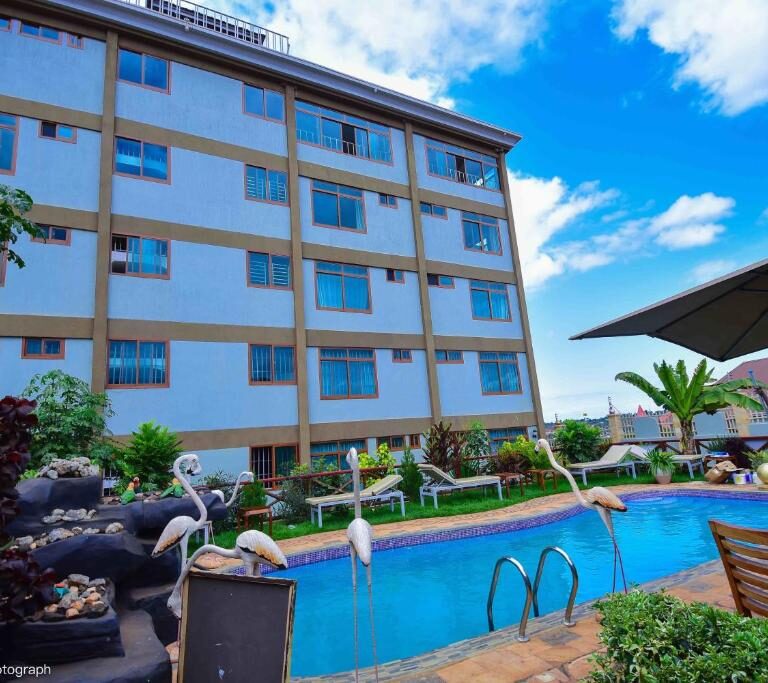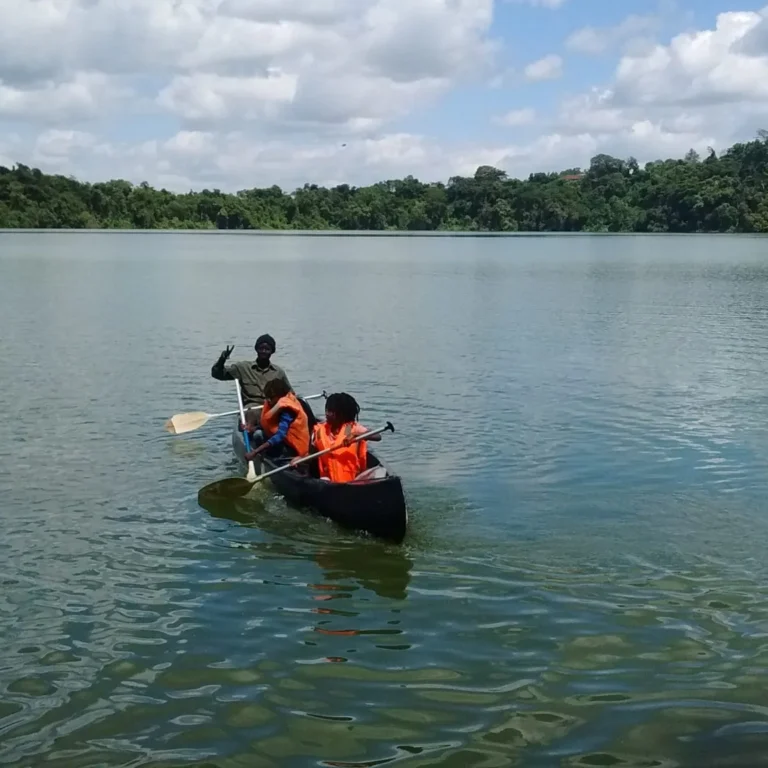While children can climb Mount Kilimanjaro, it’s not generally recommended for very young children due to potential altitude sickness and the physical demands of the climb. Most tour operators have a minimum age requirement, typically between 10 and 12 years old. Even with older children, careful consideration of their fitness, motivation, and mental preparedness is crucial. Embarking on a Kilimanjaro climb is a dream for many adventurers, but for parents, the question often arises: Can I take my child with me? The answer is a resounding yes! Climbing Mount Kilimanjaro with your child can be an incredibly rewarding and unforgettable experience for both of you. In this comprehensive guide, we’ll explore everything you need to know about taking your child on a Kilimanjaro adventure.
Is Kilimanjaro Safe for Children?
Safety is, understandably, a primary concern for parents considering such an expedition. Rest assured, Mount Kilimanjaro is generally safe for children, provided certain precautions are taken. It’s crucial to choose a reputable tour operator with experienced guides who prioritize safety and have a proven track record of leading successful family climbs.
Age Considerations
While there’s no strict age limit for climbing Kilimanjaro, it’s essential to consider the physical and mental readiness of your child. Most tour operators recommend a minimum age of 10 to 12 years for the trek. However, this ultimately depends on your child’s maturity level, physical fitness, and previous hiking experience.
Physical Preparation
Preparing your child physically for the climb is key to ensuring a successful and enjoyable experience. Begin by gradually increasing their fitness level through regular exercise, including hiking, jogging, and cycling. Encourage them to carry a backpack with gradually increasing weight to simulate the load they’ll bear on the mountain.
Acclimatization
One of the most critical factors in a Kilimanjaro climb is acclimatization. Children may be more susceptible to altitude sickness than adults, so it’s essential to plan the climb with adequate time for acclimatization. Opt for longer routes that allow for a more gradual ascent, increasing the chances of a successful summit.
Choosing the Right Route
Kilimanjaro offers several routes of varying difficulty and duration, each with its own unique features and landscapes. When selecting a route for your family climb, consider factors such as altitude gain, terrain, and overall duration. Popular family-friendly routes include the Marangu and Rongai routes, known for their gradual ascents and comfortable amenities.
Packing Essentials
Packing the right gear and equipment is crucial for a successful Kilimanjaro climb with your child. Ensure they have appropriate clothing for varying weather conditions, including warm layers, waterproof outerwear, sturdy hiking boots, and a comfortable backpack. Don’t forget essentials such as sunscreen, sunglasses, and a hat to protect against the sun’s rays.
Mental Preparation
In addition to physical readiness, mental preparation is equally important for a Kilimanjaro climb. Talk to your child about the challenges and rewards of the journey, emphasizing the importance of perseverance, teamwork, and positive thinking. Encourage open communication and reassure them that you’ll be there to support and guide them every step of the way.
Safety Measures
Safety should always be a top priority when climbing Kilimanjaro with your child. Ensure they stay hydrated, take regular breaks, and listen to their body’s signals. Familiarize yourself with the symptoms of altitude sickness and know when to descend if necessary. Additionally, consider investing in travel insurance that covers medical evacuation in case of emergencies.
Is it safe to take my child on a Kilimanjaro climb?
Yes, Kilimanjaro can be safe for children when proper precautions are taken. It’s essential to choose a reputable tour operator with experienced guides who prioritize safety.
Climbing Kilimanjaro With Kids—Is It Really Possible?
Yes, climbing Kilimanjaro with kids is possible with careful planning. Choose suitable routes like Marangu or Rongai, ensuring gradual ascent. Acclimatization is crucial; opt for longer itineraries. Hire experienced guides and support teams familiar with guiding families. Ensure proper gear and clothing for comfort and safety.
Engage in family training and preparation. Flexibility and safety are paramount; be ready to adjust plans or descend if needed. Despite challenges, climbing Kilimanjaro with kids can be a rewarding adventure fostering lasting memories and a love for the outdoors.
What is the minimum age for children to climb Kilimanjaro?
While there’s no strict age limit, most tour operators recommend a minimum age of 10 to 12 years old. However, this depends on the child’s maturity, physical fitness, and hiking experience.
How should I prepare my child physically for the climb?
Start by gradually increasing their fitness level through activities like hiking, jogging, and cycling. Encourage them to carry a backpack with increasing weight to simulate the load they’ll bear on the mountain.
Are children more susceptible to altitude sickness on Kilimanjaro?
Yes, children may be more susceptible to altitude sickness than adults. It’s crucial to plan the climb with adequate time for acclimatization and choose longer routes for a more gradual ascent.
Which route is best for climbing Kilimanjaro with children?
Popular family-friendly routes include the Marangu, Machame and Rongai routes, known for their gradual ascents and comfortable amenities. However, the choice depends on factors like altitude gain and terrain preference.
What essential items should I pack for my child’s Kilimanjaro climb?
Ensure they have appropriate clothing for varying weather conditions, including warm layers, waterproof outerwear, sturdy hiking boots, and a comfortable backpack. Don’t forget essentials like sunscreen, sunglasses, and a hat.
How can I mentally prepare my child for the climb?
Talk to your child about the challenges and rewards of the journey, emphasizing the importance of perseverance, teamwork, and positive thinking. Reassure them that you’ll be there to support and guide them.
What safety measures should I take during the climb?
Safety should always be a priority. Ensure your child stays hydrated, takes regular breaks, and listens to their body. Familiarize yourself with the symptoms of altitude sickness and know when to descend if necessary.
Taking your child on a Kilimanjaro climb can be a rewarding and unforgettable experience with the right preparation and precautions in place.
Conclusion: Can I take my child on a Kilimanjaro climb with me?
Climbing Mount Kilimanjaro with your child is an extraordinary adventure that can foster lifelong memories and strengthen your bond as a family. By carefully preparing and planning for the journey, prioritizing safety, and choosing the right tour operator, you can embark on this incredible experience with confidence and peace of mind.








